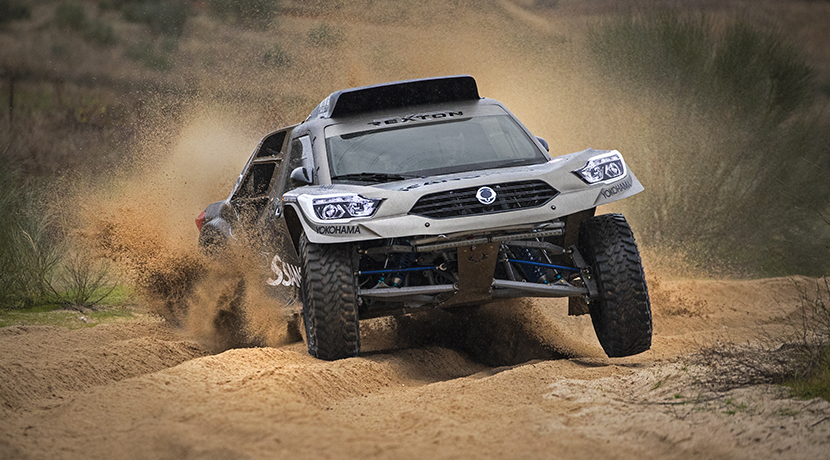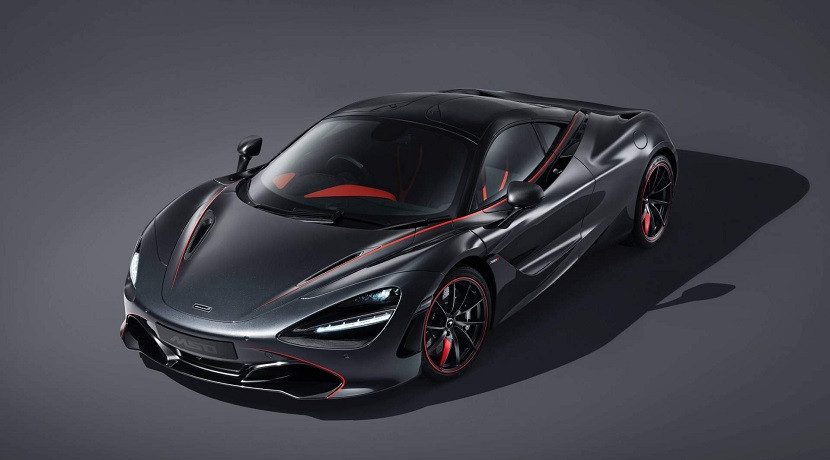How an electric car or EV works
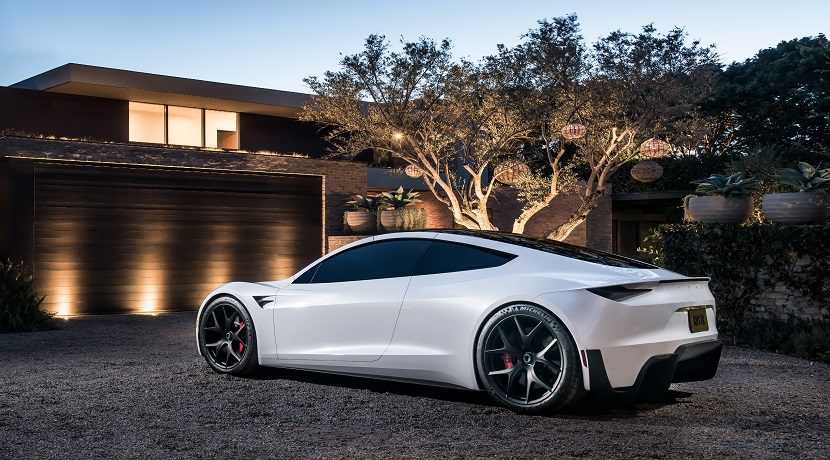
If there is a technology that is taking giant steps in these times is that of the electric cars . Thanks to brands like Tesla, everything points to this type of vehicle will be part of our daily lives . To prove it, you just have to see how much your sales grew already last year.
For that reason, in Actualidad Motor we want to make clear how an electric car works . You may have to decide whether to buy one sooner than you think. And when that time comes, it will no longer be useful to know what the spark plugs were or what the timing belt was.
When we tell you how a hybrid car works, we already talk about electric motors , investors and batteries . This case is similar, only without the difficulty of having to coordinate with a thermal engine of a lifetime. In return, electric cars have to deal with the blissful autonomy and loading speed based on new developments and materials . A challenge that, for those of us who like cars, leaves us with a whole world of new technologies that were previously only seen in science fiction.
Electric motor
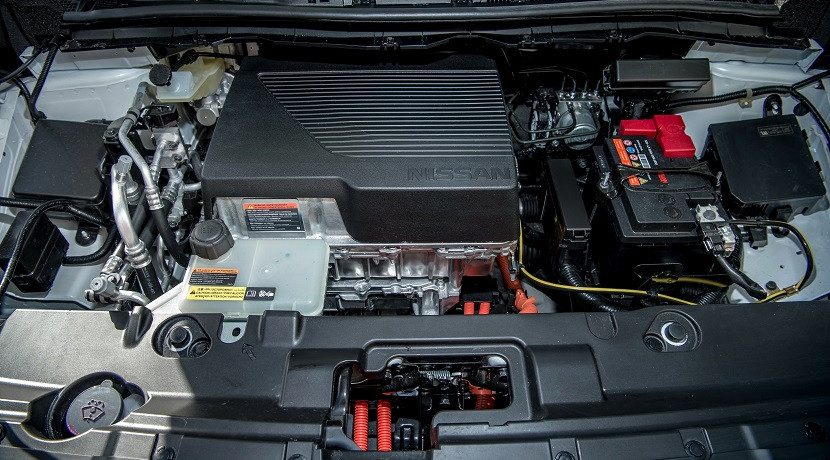
There are electric cars with a single engine , such as the Nissan Leaf or the Renault ZOE. There are with two engines , such as the Tesla Model S, which has one on each axis. There are even some that have four engines like the NextEV Nio EP9, which uses one to move each of its wheels. But, however different these cars may be, they are based on a basic technology: that of moving the engine by means of magnetism . In addition, they all have the ability to function as generators and they all have two fundamental parts in common : the rotor and the stator. That as their own names indicate, one is dedicated to rotate while the other remains static.
From this concept, each brand has chosen a type of engine depending on what I wanted to achieve An engine for a sports car is not the same as for a small urban vehicle that will not exceed certain speeds. Here we will describe what each type of engine is like and which cars have it.
Synchronous motor with permanent magnets
East Engine types stand out for their good performance-to-size ratio , the ease with which their speed is controlled and the low noise and vibration they generate. In return they are somewhat more expensive than other types of electric motors.
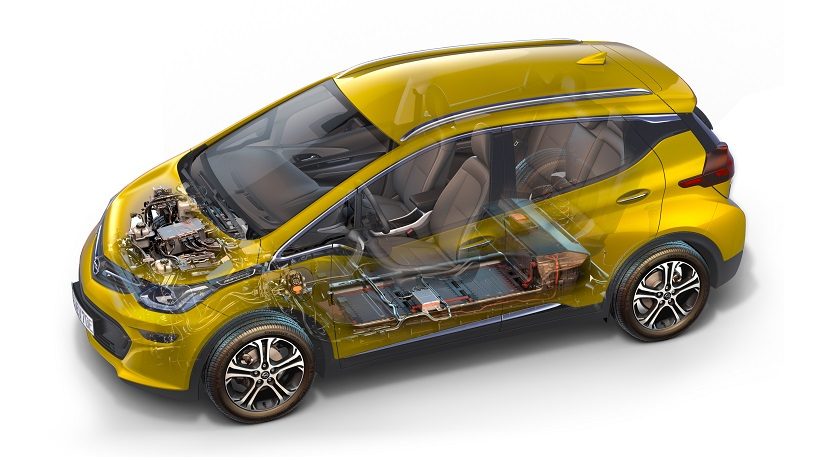
They can be of two types: axial flow or radial flow . The first allow coupling directly on the wheel as the Protean engines and the second are the most used for its simplicity of implementation.They work thanks to the fact that the current is exchanged in the stator coils, thus forming a magnetic field that rotates and that causes the movement of the rotor. The electric cars that use synchronous switching reluctance motors are the Renault ZOE, the Kangoo EV and the Fluence.
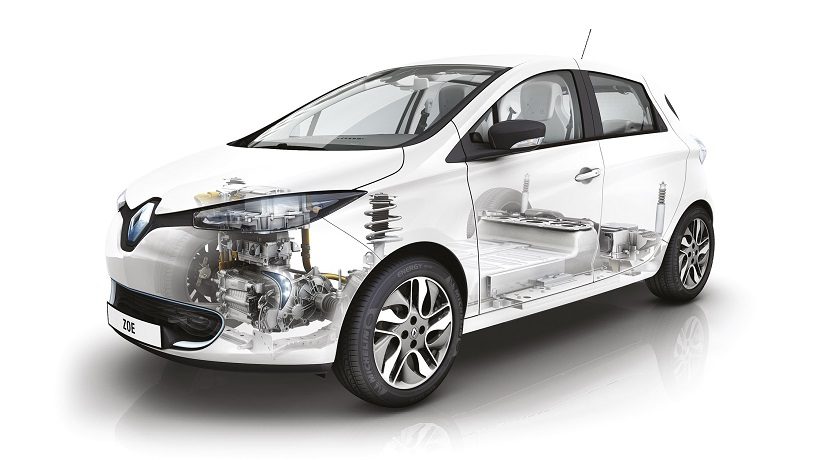
Induction Motor
The advantages of these motors are that they have a high efficiency, they are reliable, they do not generate much noise and offer a constant torque from low revs. In addition its manufacturing cost is low for the benefits that are achieved. They work differently from the previous ones, mainly because the magnetic field velocity of the stator does not correspond to that of the rotor. Hence, they are also called asynchronous. Electric cars that use induction motors are:
- Mahindra Reva
- Tazzari Zero
- Tesla Model 3, Model S, Model X and Roadster
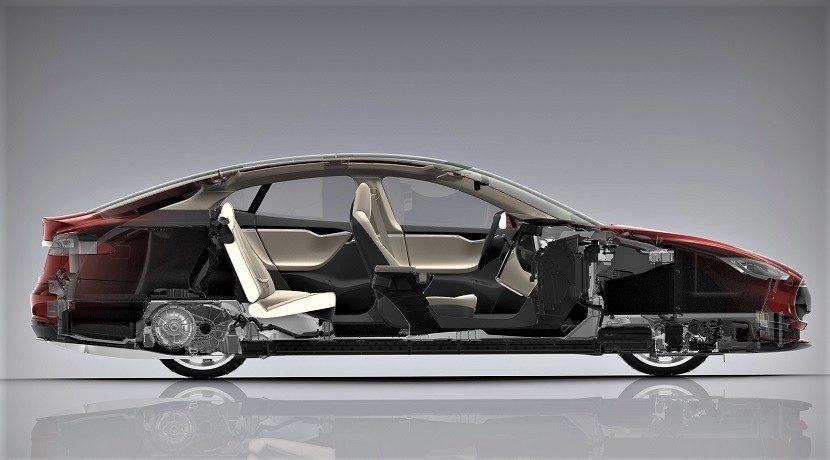
Battery
Unlike hybrid cars, the battery is the only power source for electric cars . Therefore, its size and capacity is much greater than that of those. To give you an idea, just put the numbers on the table. While a hybrid like the Prius has a battery that does not reach 2 kWh, an electric one like the Tesla Model S reaches 100 kWh.
This huge difference is reflected in the change of architecture of electric cars. For example, Tesla cars have the battery along the entire floor of their cars. While the Prius, takes them under the rear seats. This, added to the lack of a conventional engine, makes the electric cars are very different.
The elements that are usually used for these batteries of lithium ion (Li-Ion), nickel-cadmium (Ni Cd), nickel metal hydride (Ni-MH) or lead-acid (Pb). Although the latter are no longer used. Energy management is a determining factor for its durability and autonomy, but it is also working on other materials to improve its capacity . For example, batteries of solid electrolyte or graphene.
If you want to know more about batteries do not miss the article on batteries and the evolution of these vehicles.Inverter, charger and transformer
The function of all these components is the same: convert direct current to alternating current , and vice versa. This is because the battery works with the first, while the engine and other components such as air conditioning, multimedia equipment and the like work with the second. The inverter is responsible for the conversion between these elements.
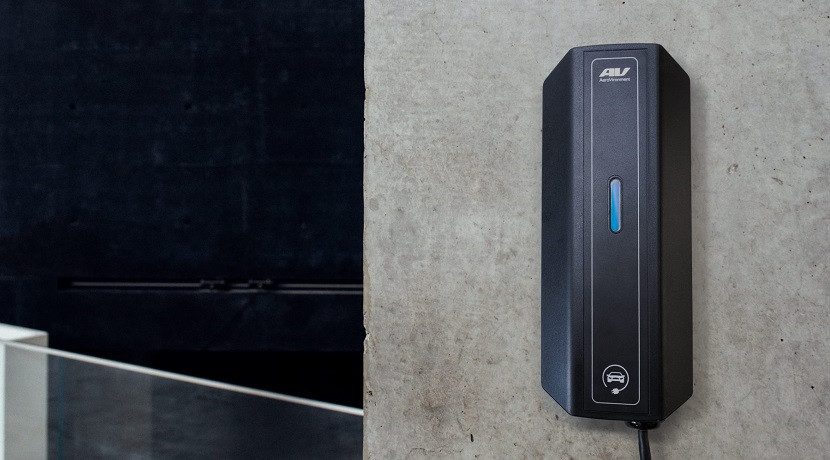
To this difference of current it is necessary to add that the plugs that we have in any of our houses is of alternating current. For them there is the transformer or the charger . Its difference is that the first is housed inside the car, while the second goes outside it.
Difference between alternating current and direct current
Direct current (DC)
It's the easiest to understand because electrons move along the cable like in a river. That is, always in the same direction. For this reason it is the one that accepts the batteries.Rather they go forward and then backwards alternating with a certain frequency. As you can understand, this system would not make much sense to charge a battery. Putting electrons and then removing them would not be very efficient. However, if it is suitable for engines.
Knowing this, you may ask yourself : why are not DC motors used? The reasons are several, but it is mainly due to the fact that the alternating current is cheaper and tend to work better continuously. There are only a few prototypes of brands like Honda where DC motors have been used.
Computer or controller
To manage all these systems is the controller. It is responsible for everything works properly and would be the equivalent of the car switchboard. In some electric cars the computer is very sophisticated , since it is also in charge of systems for driving assistance or autonomous driving and other systems such as the navigator and multimedia systems. This is the case with Tesla cars.
As the engine can also function as a generator, this system is also the responsible for managing the bidirectional relationship between the battery and the engine or the engines. In addition to the operation of energy recovery systems such as the regenerative brake.
If you want to know more about this type of cars do not miss the article about electric cars, hybrids and plug-in hybrids most sold in Spain. You may be interested
